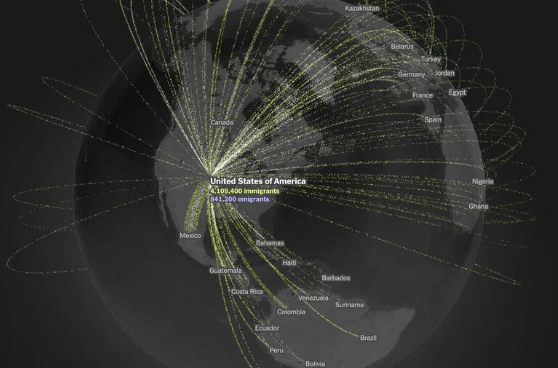Essay by Nisheeth Vishnoi: “Long before there were “scientists,” there was science. Across every continent, humans developed knowledge systems grounded in experience, abstraction, and prediction—driven not merely by curiosity, but by a desire to transform patterns into principles, and observation into discovery. Farmers tracked solstices, sailors read stars, artisans perfected metallurgy, and physicians documented plant remedies. They built calendars, mapped cycles, and tested interventions—turning empirical insight into reliable knowledge.
From the oral sciences of Africa, which encoded botanical, medical, and ecological knowledge across generations, to the astronomical observatories of Mesoamerica, where priests tracked solstices, eclipses, and planetary motion with remarkable accuracy, early human civilizations sought more than survival. In Babylon, scribes logged celestial movements and built predictive models; in India, the architects of Vedic altars designed ritual structures whose proportions mirrored cosmic rhythms, embedding arithmetic and geometry into sacred form. Across these diverse cultures, discovery was not a separate enterprise—it was entwined with ritual, survival, and meaning. Yet the tools were recognizably scientific: systematic observation, abstraction, and the search for hidden order.
This was science before the name. And it reminds us that discovery has never belonged to any one civilization or era. Discovery is not intelligence itself, but one of its sharpest expressions—an act that turns perception into principle through a conceptual leap. While intelligence is broader and encompasses adaptation, inference, and learning in various forms (biological, cultural, and even mechanical), discovery marks those moments when something new is framed, not just found.
Life forms learn, adapt, and even innovate. But it is humans who turned observation into explanation, explanation into abstraction, and abstraction into method. The rise of formal science brought mathematical structure and experiment, but it did not invent the impulse to understand—it gave it form, language, and reach.
And today, we stand at the edge of something unfamiliar: the possibility of lifeless discoveries. Artificial Intelligence machines, built without awareness or curiosity, are beginning to surface patterns and propose explanations, sometimes without our full understanding. If science has long been a dialogue between the world and living minds, we are now entering a strange new phase: abstraction without awareness, discovery without a discoverer.
AI systems now assist in everything from understanding black holes to predicting protein folds and even symbolic equation discovery. They parse vast datasets, detect regularities, and generate increasingly sophisticated outputs. Some claim they’re not just accelerating research, but beginning to reshape science itself—perhaps even to discover.
But what truly counts as a scientific discovery? This essay examines that question…(More)”

